How steel sandwich panels are making net-zero buildings a reality?
Amid the climate crisis, net-zero buildings have evolved from an industry aspiration to a mandatory goal. According to the International Energy Agency (IEA), the building sector contributes 37% of global carbon emissions, of which operational emissions (energy consumption for heating and cooling, etc.) account for 28% and embodied carbon emissions (building materials production and construction) account for 9%. To achieve the 2050 net-zero goal, the construction industry must simultaneously address these two major sources of carbon. Steel sandwich panels, a seemingly common composite building material, are emerging as a key technological enabler for addressing the carbon dilemma faced by buildings, leveraging their system-level advantages.
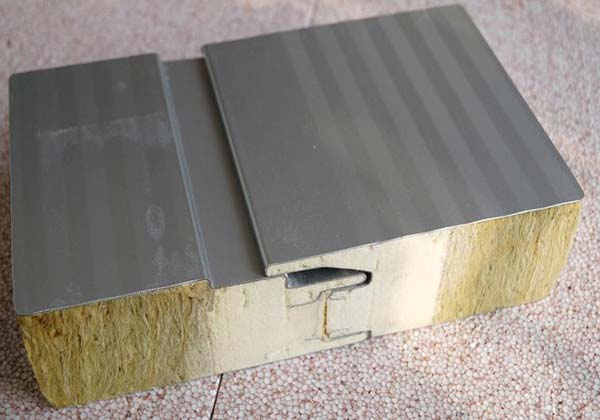
1. Low-Carbon Genesis from Factory to Construction Site
Embodied carbon refers to the carbon emissions from the entire lifecycle of building materials, from mining and production to construction, and accounts for 40% of a building’s total carbon footprint. Traditional building materials such as concrete and clay bricks are particularly vulnerable due to their high energy consumption. The inherent advantage of steel sandwich panel lies in the modular design of the steel and core materials.
- Steel’s High Circularity: Steel is the only building material that is 100% infinitely recyclable, with a global steel recycling rate exceeding 90%. The carbon emissions from producing recycled steel are only 7% of those from virgin steel. Furthermore, steel sandwich panels are prefabricated in standardized factories, allowing 100% recycling of scrap material, significantly reducing additional emissions from waste disposal.
- A Revolution in Lightweight Core Materials: Sandwich panels commonly use rock wool, polyurethane (PIR), or glass wool core materials, with a density of only 1/5-1/10 that of concrete. This lightweighting not only reduces transportation energy consumption (reducing transportation carbon emissions per unit area by 60%) but also reduces foundation load requirements, indirectly reducing concrete usage. This alone can reduce embodied carbon by approximately 80 tons for a single 5,000 square meter building.
- Zero Wet Work in Construction: Traditional masonry or pouring requires extensive on-site wet work, resulting in hidden emissions such as wasted cement slurry and formwork cutting. Steel sandwich panels are prefabricated in factories, requiring only bolting on-site, shortening construction time by 40% and reducing on-site waste by 90%.
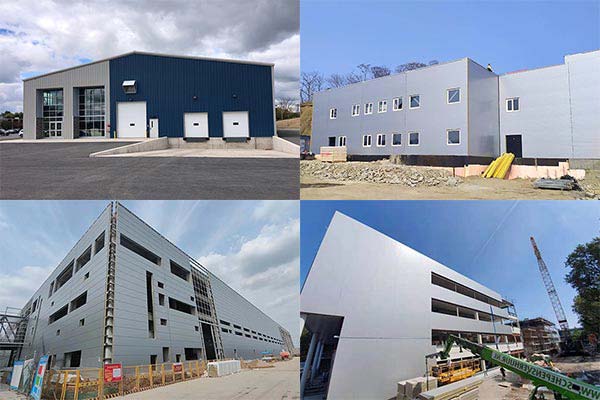
2. The Ultimate Platform for Passive Energy Efficiency
Operational carbon emissions are a building’s greatest lifetime burden. Steel sandwich panels reshape building thermal performance through a “sandwich structure,” pushing passive energy conservation to the extreme.
- Super Insulation: Taking the mainstream rock wool core material as an example, its thermal conductivity is only 0.04 W/(m·K). When combined with 0.6mm thick galvanized steel sheeting, the overall thermal conductivity (U-value) is as low as 0.25 W/(m²·K), half that of a 200mm thick aerated concrete wall and one-tenth that of a single-layer color-coated steel sheet. Tests by the German Passive House Institute (PHI) show that buildings using steel sandwich panel reduce winter heating loads by 70%, delay summer cooling peaks by two hours, and reduce annual energy consumption by 45%.
- A Revolution in Airtightness: Continuous sealing strips are used at the sandwich panel joints, achieving an overall airtightness rating of n50 ≤ 0.6 times/hour. This reduces air infiltration heat loss by 80% compared to traditional brick-concrete structures (n50 = 3-5 times/hour). This means that air conditioning systems require less frequent startup and shutdown, extending equipment life by 30%, and significantly reducing operational carbon emissions.
- Thermal Bridge Blocking Design: Steel sandwich panels feature a factory-prefabricated, continuous insulation layer, completely eliminating the “cold bridges” found in traditional walls. Simulations by the University of Nottingham in the UK show that buildings without thermal bridges achieve a 30% improvement in indoor temperature uniformity, eliminate the risk of localized condensation, and avoid additional energy consumption due to moisture.
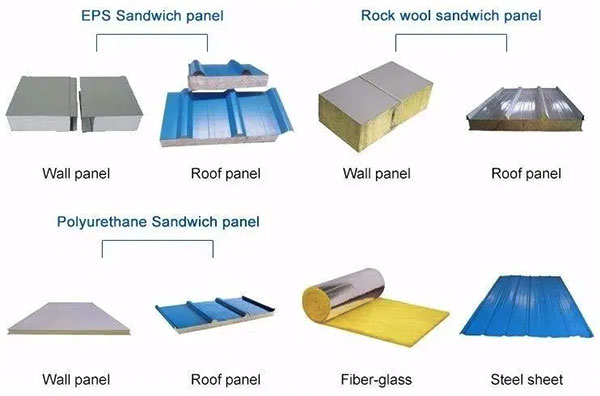
3. From Architecture to the Closed Loop of the Circular Economy
Net-zero buildings require not only construction and use, but also dismantling and recycling. The modular nature of steel sandwich panels makes them a natural fit for a circular economy model.
Demolition and Reuse: The bolted sandwich panel walls and roofs can be completely disassembled, allowing 90% of the material to be directly reused in new buildings. In the Rotterdam circular office building project in the Netherlands, the steel sandwich panels achieved an 85% reuse rate, equivalent to reducing carbon emissions from new material production by 120 tons.
Potential for Functional Upgrades: During renovations of existing buildings, the core material of steel sandwich panels can be replaced without destroying the structure, or they can be overlaid with photovoltaic panels or greenery, expanding the building’s carbon sink. Case studies by the U.S. Green Building Council (USGBC) show that retrofit projects are three times more effective at reducing carbon emissions than new construction.
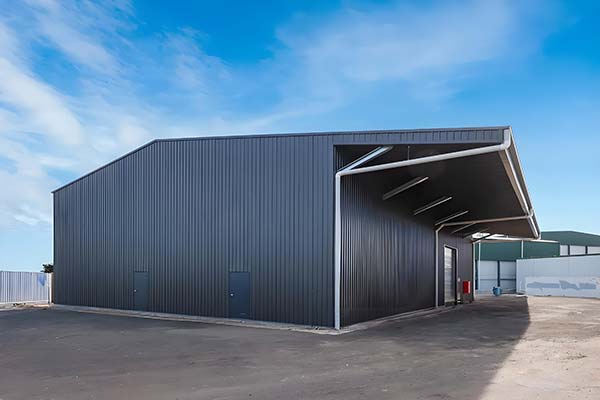
Conclusion
As the global construction industry searches for definitive technologies on the path to “zero carbon,” steel sandwich panels, with their three-pronged advantages of embodied carbon reduction, improved operational energy efficiency, and recyclability, have proven themselves not only as a material innovation but also as a system-wide carbon reduction solution. For ESG-conscious overseas clients, choosing steel sandwich panel is not only a technical path to meeting LEED, BREEAM, and other certifications, but also a strategic investment in the carbon value of building assets over the next 30 years. They transform “net zero” from a goal into a calculable and deliverable reality.
There are no shortcuts to building decarbonization, but choosing the right panel can bring you one step closer to net zero.
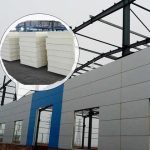
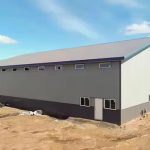
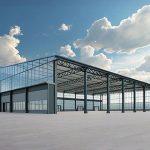
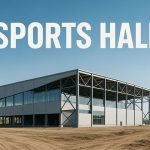
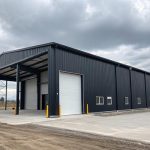
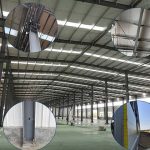
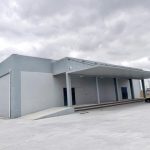
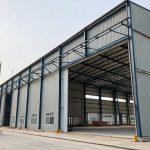
Send us the inquiry form